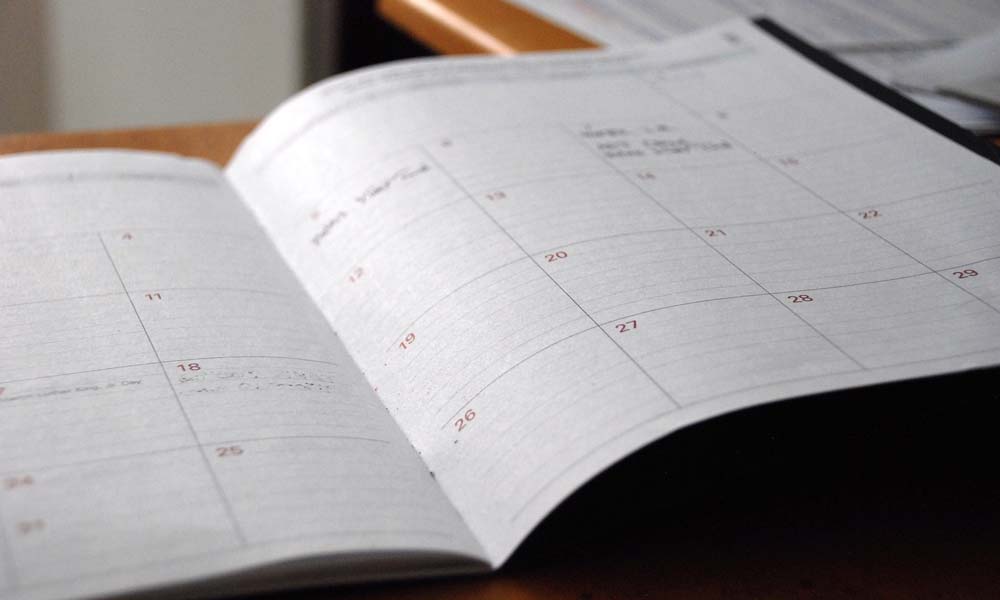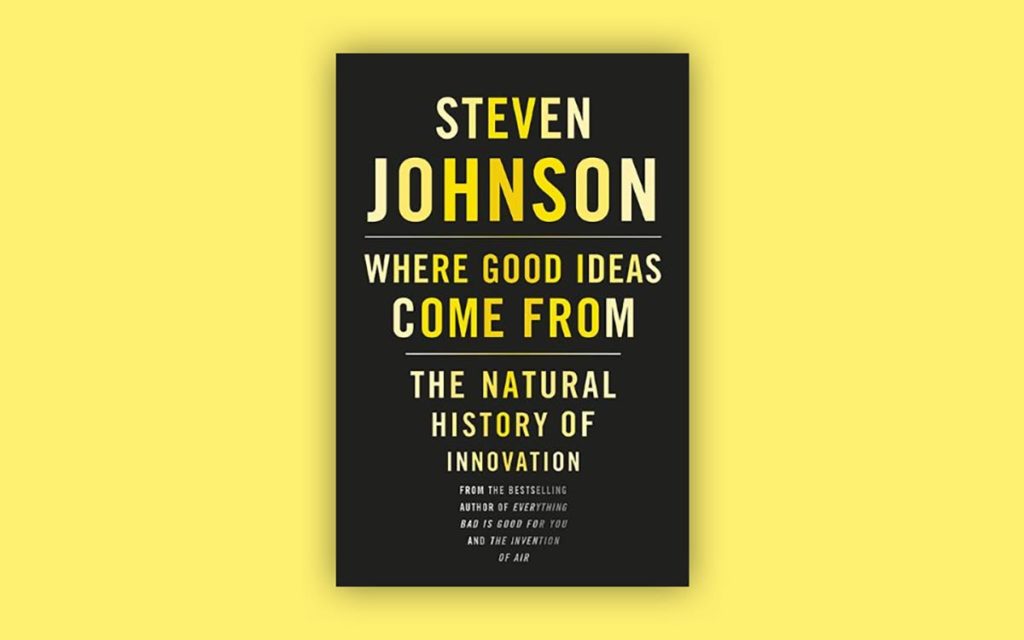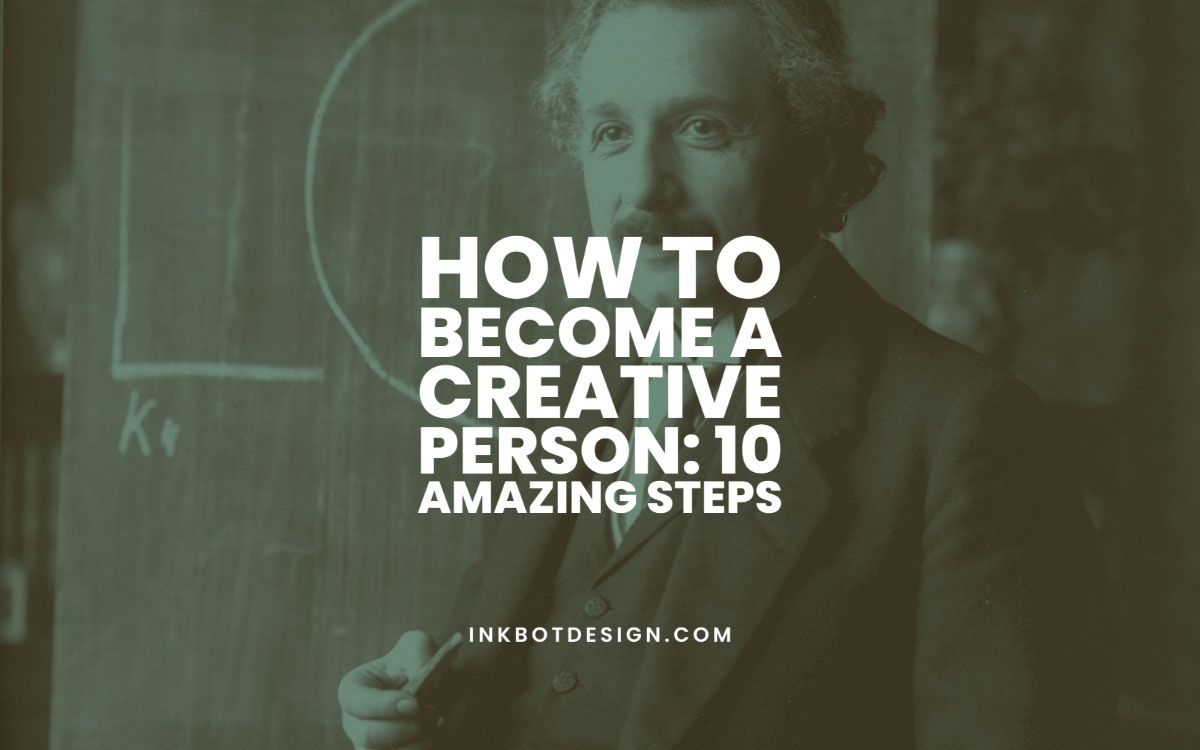
23 Apr How to Become a Creative Person: 10 Amazing Steps
How to Become a Creative Person: 10 Amazing Steps
We used to understand creativity as creating something – a picture, a story, a song. But creativity can also be understood in another way: as a human condition.
Without it, no masterpiece can be born. It may not be born, but a person’s life will change, and for the better.
The conventional wisdom is that to be a creative person is to be weird, eccentric, unusual. The truth is that creativity allows us not to care what other people think.
There is an opinion that creative abilities are given only to people’ gifted from birth’. Fortunately, this is not true.
All people are born with one ability or another, but they don’t continually develop it.
So why do most people think they are incapable of creativity? Because the adult more often loses the essential qualities that helped them be resourceful and direct them in childhood.
Creativity is the process of creating something new. You can do anything creatively, but not everything can be called creativity.
For example, creating a standard chair is not creative. It’s a different situation with a chair with a unique back. Other people will appreciate it more than a standard one.
To be a creative person, you have to believe in your creativity, that is, your ability to find unusual ideas, to look at things from a different perspective.
Creativity is a habit that you can develop with constant practice.
Look at how creative children are, experimenting and discovering a new world on the go. Creativity is effortless if you allow yourself to be direct, inquisitive, and open-minded like a child.
Try starting with one of the six techniques I’ve described.
How to think creatively?

To begin with, we must stop labelling people, as a creative person or not. Every person has their inner world, their exciting thoughts, and character traits.
By changing your attitude toward other people, you can see new sides of familiar things.
This is why you could prevent your creative potential from opening up:
- Lack of an inspiring vision of the world.
- Lack of passion, interest, excitement
- Lack of ability to enjoy simple things
- ‘Inner critic’.
- Lack of knowledge
- Lack of knowledge of creative thinking methods
Several ways to increase creative energy:
- New means of expressing ideas. For example, a person who types on a computer can start writing on paper.
- Communicating with creative people.
- Keeping a journal.
- New places and people can be a source of inspiration.
- Spending some time alone in nature.
- Imagining the world as any other person sees it.
- Meeting several people who think alike and exchanging experiences, ideas.
- Reading books.
- Spending a date with myself.
- Observing, looking at beautiful things.
- Spend about fifteen minutes a day talking without using pronouns.
- Do ten random exciting actions.
Here are ten steps that help you to improve your creative thinking:
Step 1: Make a Decision to Believe
When talking about creativity, it’s strange to talk about something as rational as making a decision. But this step is significant.
To get creative, you need to decide to do it now. Not putting it off until ‘someday.’ Stop looking for reasons and excuses. Decide to get out of the squirrel wheel and start creating.
But that’s not all. Your decision is first and foremost about what you believe. If deep down you still believe that you’re better off at your routine job in a boring office, you’ll never be creative.
If you believe you have nothing to give to this world or no one will appreciate your creations, you will never finish your project to share it with others.
If you are convinced that the status quo is more reliable than a leap into the unknown, you will never make that leap.
So what do you believe in? We believe in things we often don’t even realise.
So ask yourself: ‘What am I truly convinced about my creativity?’ Be honest with yourself. Decide to destroy the lies and believe the truth:
- As a creative person, I have something I can give to the world.
- People will appreciate my creations.
- I’m a creative person, and I can be that way.
- I want to make a contribution that can make the world a better place.
Step 2: Make time in your schedule

If you have made a decision, you will have to sacrifice time. We all have the same number of hours in a day, and it’s up to us how we use it.
So if you say, ‘I don’t have time’, that’s not true. You have time; you just prefer to spend it on something else. It’s your choice, even if it’s unconscious.
Take control of your time.
Don’t let others, whether your bosses, friends, social media, or television, dictate their terms and steal your time.
You are your boss, and it’s time to do things your way.
If you think that something is bothering you, do not hesitate to ask for help.
Especially if you’re a student, check problem solution speech topics. It will help you to save some time choosing what topic you’re interested in.
That doesn’t mean you can’t relax and watch TV. But if you are serious about being creative, you need to understand that you need to sacrifice some time every day and put some resources into it.
Remind yourself why you made this decision:
- To live a happy, fulfilling life.
- To leave something behind.
- To change the world around you.
Remind yourself why this is important, and if you genuinely believe in it, you will gladly make the time, even if it means sacrificing other things.
Step 3: What am I interested in?
Now it’s time to find out precisely what you’re going to do in the time you’ve allotted. You should ask yourself three questions in this step, and the first one is What interests me?
If you could live any life and you didn’t have to work to make money-what would you do?
What would you be willing to do even if you didn’t get paid for it? What have you always dreamed of doing in your quiet moments?
Think about it and write down all the ideas, no matter how crazy they may seem.
Allow yourself to believe in them. Allow them to turn into something that can eventually become real.
Step 4: What am I good at?
You have specific areas that you are good at. You have learned something and have some natural talents.
Look back on your life and analyse what you have always been good at? How can you use your knowledge, skills, and life experiences to advance your creations?
If you take the time to think hard about this, it will give you incredible insight into your unique capabilities.
Think back to what you excelled at as a child, ask friends, colleagues, and loved ones what qualities or skills they admire about you. It will give you lots of ideas.
Step 5: What can I do for this world?
Finally, the third question is What the world around you needs?
There is a monstrous amount of noise in today’s world. But something is always missing, whether it’s something global or highly specialised in a particular area.
Now combine it all: your interest, your knowledge, and your emptiness. Where these components intersect is your creative place.
Step 6: Do your research

Now that you’ve determined precisely what you’d like to create, you need to do your research.
Read books on the topic, subscribe to blogs and newsletters, and join themed communities to get an idea of what you need to do and what direction to take.
The best thing about research is that it gives you ideas. It’s like a bottomless spring from which you draw ideas and opportunities.
The key is to get started. Take the time to immerse yourself in the topic to understand what your creativity should be all about and start taking action.
Step 7: Dig deeper into your field

Whatever you decide to do, you have to realise that there is a whole world behind it that existed before entering it.
Any field, be it writing, drawing, business, psychology, crafts, gardening, parenting, teaching, is a vast ecosystem of principles, rules, people, and ideas that have existed, changed, evolved, and are still in flux.
This means you need to learn the rules of this world, to understand what has value, what works, and what doesn’t.
Don’t expect this to happen overnight. This living, breathing world has a story to tell and become part of it; you gradually need to immerse yourself in it.
Enjoy the process! Discover a new and magical world full of unique personalities, exciting challenges, inspiring ideas, and unusual rules.
Step 8: Find ‘your tribe’
Now you’ve entered this new world and see your way as a creative person; you need to find ‘your tribe,’ a community of like-minded people, whether online or offline.
Get to know the people who motivate you (if that’s not possible in person, then subscribe to their blogs). Find mentors whose work you’ll follow. Find newbies like you so you can support each other.
Make sure you don’t get into a fierce competition but build friendly and productive relationships with the people around you.
There is room for everyone in the creative world, and if we believe in each other, the world will be a more prosperous place.
Your tribe will also keep you motivated and nourish the belief that your dreams are achievable.
Step 9: Make a plan and set a deadline
So you’re almost ready to start your journey. But how do you go on a long journey without a map and itinerary? Unfortunately, many people do, and they fail.
Don’t make the same mistake. Take time to plan your actions. Break the path into stages and set deadlines for each.
Even if you set them yourself, having deadlines is critical to completing what you’ve started. Take your creative work seriously and commit to sticking to the plan.
Step 10: Start and finish at all costs
The time is now. You are fully prepared and can begin to create. This step is where your decision to believe comes in handy.
It’s a lifelong journey to become an actively creative person, but it’s only the beginning. Don’t get upset if you don’t live up to your expectations.
Know that there will be successes as well as disappointments on your road.
Don’t forget your decision.
The road itself is just as important as the final destination, and this is not the only time you will create something.
Exercises that help you to improve as a creative person:
Synthesis: Take any two words from the first book you see and try to connect them. Instead of words, you can try to combine two different objects mentally. This is how animal clothing was invented.
Architect: For this exercise, the main thing is not drawing and painting, but the ability to imagine.
First, you have to write down on a sheet of paper any ten nouns. For example, orange, sky, water. These are the ten obligatory conditions set by the customer.
The word ‘orange’ is the orange-coloured walls of the house, the word ‘water’ is the pond in front of the house.
Associations: To the first thing you see, pick the five adjectives that match it best. Then find five adjectives that are the least appropriate for that object.
For example, chocolate is tasty and milky. Next comes the creative option – mystery chocolate, spring chocolate, icy chocolate.
So, we cannot teach creative thinking, but you can develop into a creative person.
Inspiration by itself does not come often. With the help of various techniques and methods, creativity becomes a habit.
Treat yourself with understanding and patience and let the failures happen while learning and finishing what you started. Each new project will turn out better than the previous ones.
Most importantly, commit to finishing if you have started.
Nothing is more satisfying than seeing the finished creation of your hands in front of you, knowing that you have overcome external obstacles and inner demons.



